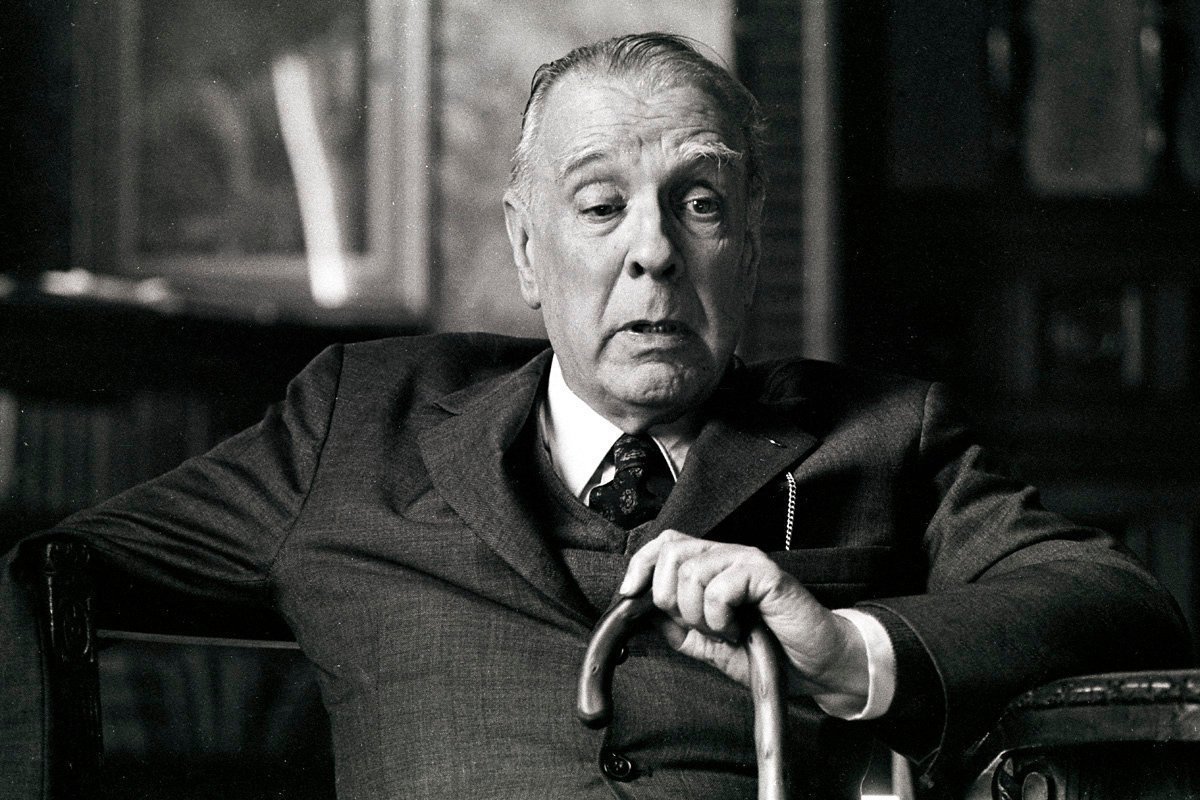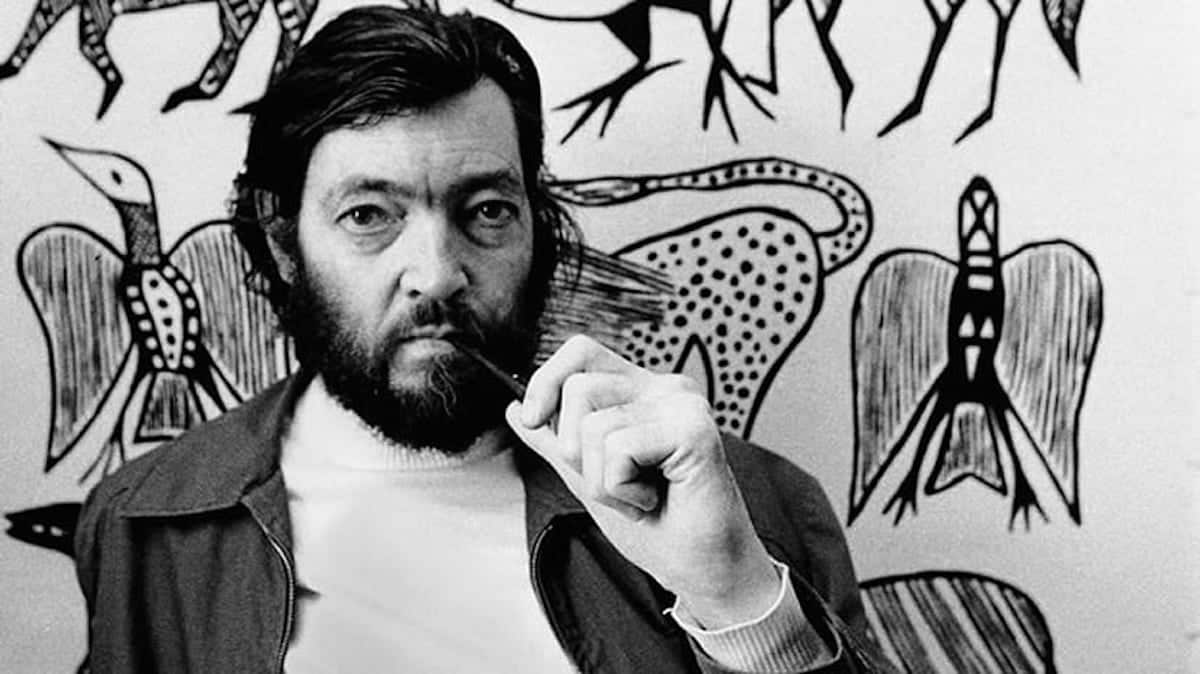
If we believe that a story is easier to write because it is shorter, we are quite wrong.. We tend to think that the fewer words we need to say something, the easier it will be to convey an idea. But really it's the opposite. And some masters of the story already said it, like Cortázar or Borges.
But what is a story? In the Dictionary of the Royal Spanish Academy it is said that it is a narration, a story. That is, a short story, and usually fictional. Of course there are many kinds of stories. A story can be what the neighbor tells you about what happened to him the other day on the street, an anecdote.
We are also very used now to hearing that "the strength of the story." Normally in the press that is what journalists cling to when talking about the different ideological positions that surround us. Whoever is able to create a more consistent story (or make it seem so) will be the one who enjoys said force.
But no, let's go back to Cortázar, to Borges. Let's go back to literature. A story is the narration of a series of events that may or may not be presented in a chronological order.. Which is, perhaps, what a reader expects to find when he opens a story, or story, that is ordered from beginning to end. But that doesn't have to be the case either.
Perhaps it is easier to list the elements that a story must have in order to understand what it is about. In addition to being a fictional narrative with an introduction, middle and end, these are some points that characterize a story:
Elements that define a story

Brevity
First of all, it has to be short. That is by definition a story. But this also has danger. There is no specific extension to classify the different types of narratives. There are scales. We are talking about stories that can reach fifty pages, because if there are more we would be talking about a short novel, for example. But in general they are between two and twelve pages (although this is only a possibility).
Rhythm
Since this is a fairly short text, the story needs a proper pace. Here the writer must make use of the narrative resources available to him, such as ellipsis, the selection of information and his way of managing it, the management of description, symbols (if any), or the use of adjectives and adverbs. or subordinate clauses.
Moreover, let's not forget the dialogues. There are stories that don't even need dialogue. These are a very precious tool in writing because they offer a lot of information, but sometimes they can be superfluous. And in a story you must be very sure if the dialogues are appropriate or not.
Characters
in a dropper If we talk about a story of a couple of pages, how many characters can there be? In a short story they should be very well outlined. We can imagine a magnifying glass that enlarges a feature and the story revolves around it. A story shows a piece of the character. Descriptions, previous context, circumstance, desires, action, everything is subject to a specific moment. In the short story the character or characters will be portrayed in a photo. They are synthesized without losing focus. This element may be one of the most difficult to define.
Space and time
Minimized. not many spaces; descriptions are subtle and specific. If it were relevant, it would be because it is one more character.
Time is well defined. The ellipsis will be a very useful tool if it is used well and if it is timed.
The choice of these two elements is premeditated and relevant to the story.
The narrator
Usually omniscient. Only a narrator who knows everything can tell what is truly important and significant in a story.
However, it is also common to find narrators in first person, perhaps a little egotistical who focus only on themselves and tell us what their problem is or what happens to them. In this way, the principle of condensation of ideas would be resolved.
Unit

This concept is almost magical. Because when we talk about this characteristic we talk about sphericity (which Cortázar already said). He attributed this geometric shape to the short story. In this sense, a story is a contained narration, perfectly delimited. A good story would be able to cover the essential, and only the essential, nothing more and nothing less.
And this is where the greatest challenge for the storyteller lies (in the good sense of the word), not to get lost in his story and tell what is genuinely significant so that it makes complete sense. Perfect. And beginning and end make them memorable (or at least try).
This conception of circularity and, therefore, of perfection This is what master Jorge Luis Borges achieved with “El Aleph”, both in form and substance.
congruence
And before we talked about congruence. This seems obvious, but the facts that are narrated in any fictional work must be consistent, make sense within the text itself and, therefore, believable. If a text lacks logic or coherence, it could not be said that it was finished.
And if we still have doubts about what a story is, or a tale, it may be that the words of Julio Cortazar enlighten us a little more:
“For me, I have always seen the story as a sphere; that is to say, it is a closed form, and for me a story is only perfect when it approaches that perfect form in which nothing can be left over, and in which each of the exterior points has to be at the same distance from the center ”.